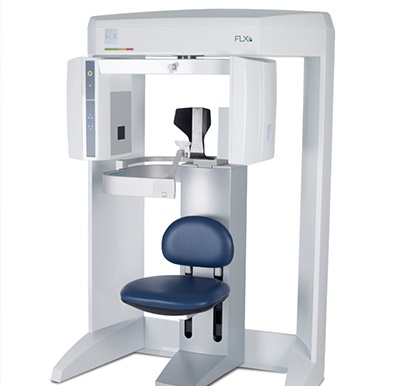State-of-the-Art Sleep Apnea Technology
 i-CAT Scanner
i-CAT Scanner
Panoramic x-rays gave our team the ability to see the entire smile, but they are still flat images. The i-CAT scanner takes this advanced dental radiography to the next level giving us a complete three dimensional view of oral and facial structures. In planning for oral appliance therapy, having a 3D image of the airway, nasal passages, mouth, throat, and all the oral and facial structures is essential. This new technology will allow us to provide more effective oral appliance therapy through precision design and treatment planning.
 Rhinometer
Rhinometer
When treating obstructive sleep apnea, evaluating the nasal airway is an important step, and our team accomplishes this with a rhinometer. This device uses acoustic reflection to create a detailed map of the patient’s nasal passages and easily locates causes of blockage, such as allergic rhinitis, polyps, or a deviated septum.
Pharyngometer
A pharyngometer’s function is similar to a rhinometer, but instead of the nose, it uses the same sound waves to map a patient’s oral airway. By capturing all the available details such as potential collapsibility or problem areas, Dr. Romack better understands a patient’s potential for obstructive sleep apnea and monitors changes once an oral appliance is worn, so patients achieve maximum airway patency!

